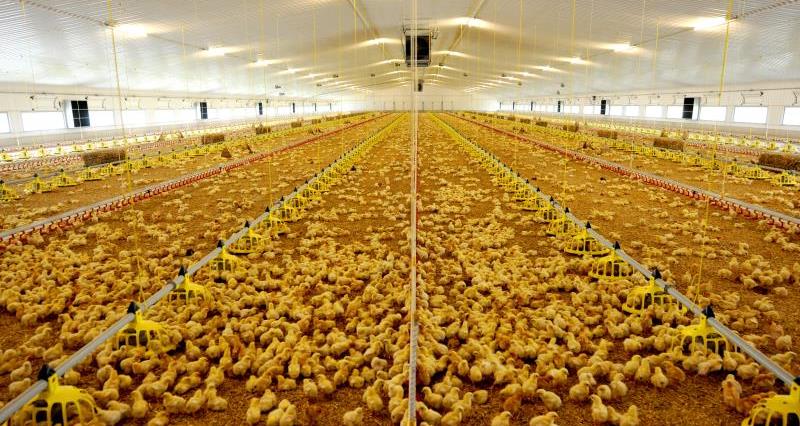The Environment Agency says that it is aware that some dirty material is being used to produce bedding and that it is working with the wood recycling sector to raise awareness of the issue and clarify the regulatory position.
Only grade 'A' wood should be used to make animal bedding, according to the agency. However, with closures of sawmills there is a lack of availability of wood shavings for bedding.
The guidance explains that at present under the Environmental Permitting Regulations, sites taking shredded waste wood must have a registered U8 waste exemption but this only allows for untreated – or grade ‘A’ – waste wood to be used to produce animal bedding (with a maximum quantity 100 tonnes).
But the agency notes that “what has been found is that contaminated treated waste wood (grades B and C) has been shredded and marketed for animal bedding thus creating a risk to livestock and the environment”.
The Environment Agency has published a Low Risk waste Position (LRWP) on Treating waste wood fibre to make animal bedding: LRWP 62 here. This allows treatment of waste wood fibre (from the paper and cardboard sector) before it is supplied for use as animal bedding using a U8.
If treated wood is used as animal bedding then the producer will have problems disposing of the used material. You will need to ensure all bedding is of good quality and does not contain contaminated or treated wood.
For more information on waste exemptions refer to the NFU Waste Exemption Business Guide.
‘The bedding materials’ directory from AHDB covers the regulatory aspects of using waste as animal bedding and then the onward management of the soiled bedding when it comes to be discarded.
There's also guidance from the EA available here.
